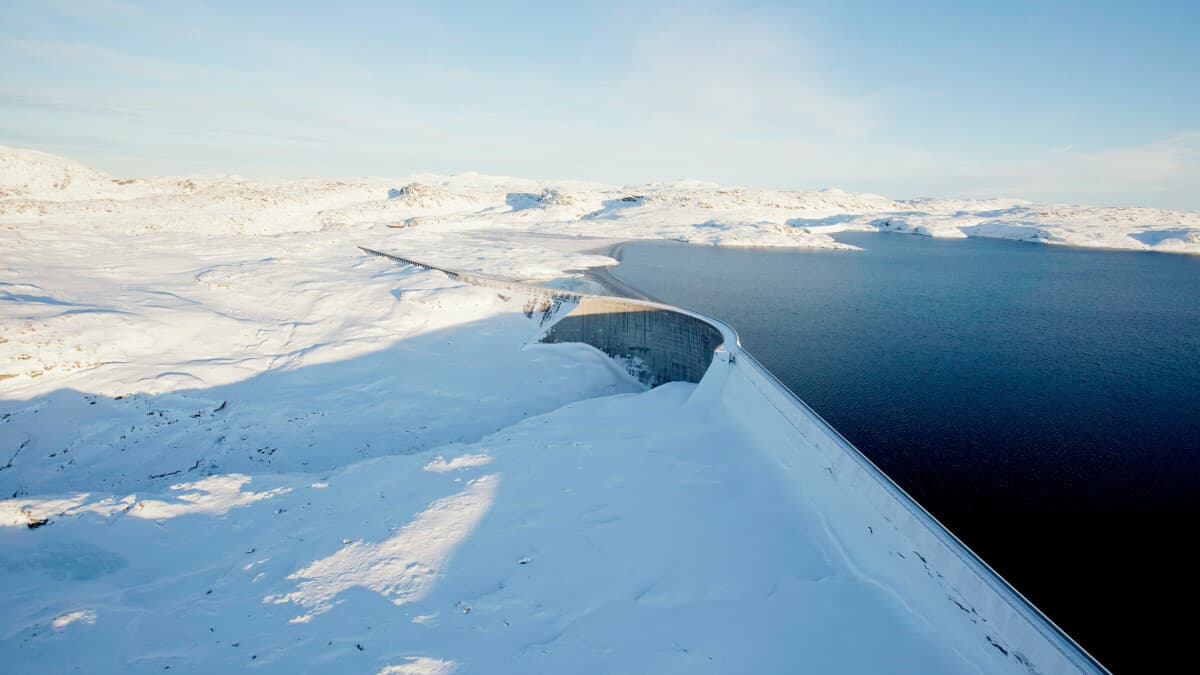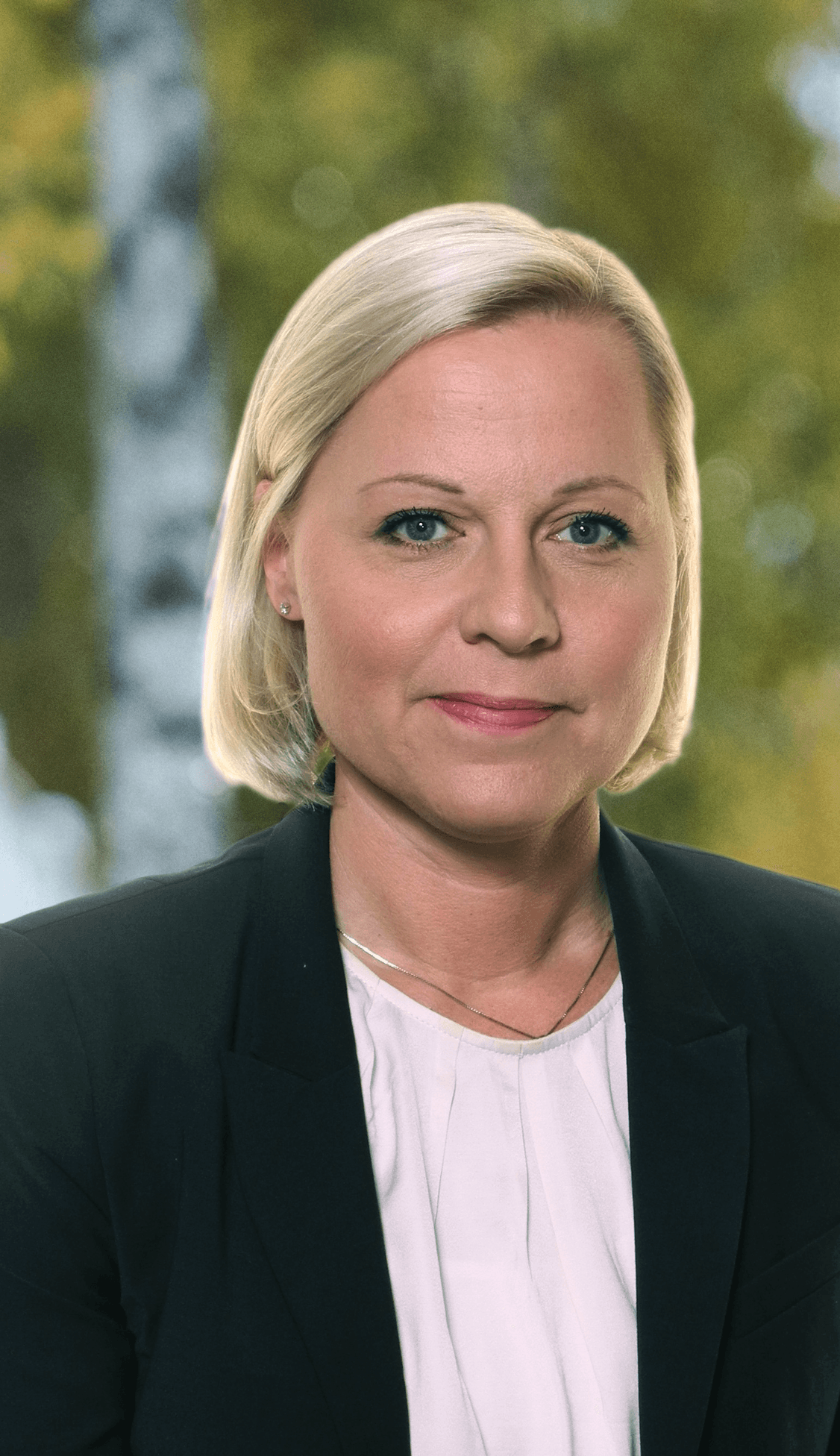2023 Nordic Power Market Outlook
What is in store for the Nordic power market in 2023? Lene Hagen, Senior Analyst at Volue Insight tells us what to expect.
Published
Dec 5, 2022

Just like the European market, in 2022, the Nordic energy market was a real rollercoaster in terms of power prices. A very dry start to the year and summer, and the tense political situation in Europe related to the Russia-Ukraine war resulted in a wholly new and insecure daily development for market prices, market participants, politicians, consumers, and industry.
Extreme weather on both ends, from a dry summer to a very wet and mild autumn, created a lot of insecurity for everyone, and there was a huge change in the energy balance in the European market – including the fallout of the previously expected trusty supply of Russian gas.
Immediate and necessary changes to the energy infrastructure in Europe, as well as new plans, were agreed upon in record time on a European level.
Thanks to several factors, this fall, the Nordics and the European markets enter the winter period with relatively good storage levels of fuel products and hydro reservoirs: the wet weather filled hydro reservoirs in the Nordics ahead of winter; there was immediate action by European politicians and market players; we saw both demand reduction and demand destruction because of the high prices over time.
Market movements still reflect a high level of underlying insecurity about how the market, in general, will develop in winter 2023. It all depends on the weather and demand during these winter weeks.
There could be further demand reduction and destruction because of persisting high energy prices, and possibly – if the winter period turns out to become cold over a longer period, even higher demand fall-out could be experienced since both industry and public consumption will react to high prices over time. How much of a reduction we will experience is difficult to say, but the consumption target for both the Nordics and Europe has been reduced in Volue Insight's models.
Storage levels of hydro reservoirs in the Nordics have improved massively in the last weeks and months, and we are in a much better position for supply for the winter season. Also, the fear of rationing for spring 2023 is now removed. Since we have had a relatively mild autumn in the Nordics, the snow reserve is still low ahead of winter, but water reservoirs are back to normal levels in the south of Norway.
Approaching the winter season, the overall energy balance both in the Nordics and Europe will be crucial to follow. It could have a significant impact on the price development in addition to the weather and consumption levels.

In addition to the hydro reservoir situation and fuel storage, it is important to note the significance of nuclear production availability in the Nordics and Europe.
Lene Hagen
Senior Analyst, Volue Insight
Finland is still waiting for the Olkiluoto3 facility to come into production, and it is expected to be operative in Q1 2023.
Sweden is also facing challenges with its nuclear production availability, with Ringhals 4 out until Q1 2023 and, additionally, now Oskarshamn 3 taken out for maintenance in the middle of December.
Nuclear production in France is also massively reduced, and the countries with reduced nuclear production will rely on high imports from surrounding countries in cold periods and periods of low wind power production.
The general energy balance is weak in the European market, including in the UK, and this will have a huge impact also on the Nordic prices in colder periods and periods with low wind power production. The Nordics and the continent will experience price spikes, and we could experience new price records this winter during colder periods.
The question, though, is how the high prices eventually will directly affect the consumption levels and again be reflected in the prices.
The Volue Insight Nordic analyst team has run an EMPS scenario on this, using expected forward prices from the Plexos model and the continent, including an expectation of demand reduction in the Nordics. From this, we see quite an impact on both the expected Nordic prices and the German and UK prices.
It shows the importance of following the flow between these areas and the direct impact on the price expectation for the winter season of 2023.